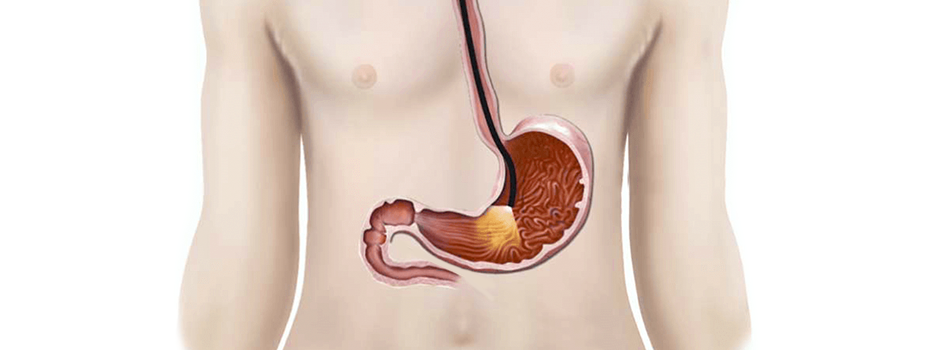Bariatric procedures, like the gastric sleeve and gastric bypass surgery, can be life-changing. But like any other surgery, there are side effects that can occur after the procedure. Dumping syndrome, also called rapid gastric emptying, is a condition where foods high in sugar move from your stomach into your small intestine too quickly. This causes symptoms like diarrhea, abdominal cramps, nausea, and more.
If you have had bariatric surgery and experience these symptoms after eating, you may be suffering from dumping syndrome. The good news is that there are things that you can do to manage these symptoms and get back to enjoying your new body!
What Are the Signs and Symptoms of Dumping Syndrome?

Dumping syndrome is a condition that occurs when the stomach releases its contents into the small intestine too quickly. In fact, there are actually two types of dumping syndrome, early and late dumping syndrome. You may experience symptoms of early and late dumping syndrome.
The symptoms of early dumping syndrome immediately after eating, whereas late dumping syndrome begins to show signs after two to three hours after eating.
Some symptoms of late dumping syndrome include:
- Weakness
- Fatigue
- Jitters or Shakiness
- Rapid or Irregular Heartbeat
- Cold Sweats
- Low Blood Sugar Levels
Some early dumping syndrome includes:
- Nausea
- Vomiting
- Diarrhea
- Abdominal pain or cramping
- Feeling bloated
How Is Dumping Syndrome Diagnosed?

There are many ways to diagnose dumping syndrome. One way to diagnose dumping syndrome is by taking an assessment questionnaire called the Dumping symptom rating scale that scores your symptoms to determine how severe they are. They may also want to run some tests to confirm the diagnosis or rule out other possible causes of your symptoms. Tests run to diagnose dumping syndrome include oral glucose tolerance test, hydrogen breath test, upper endoscopy, gastric emptying test, and upper GI series.
How to Treat Dumping Syndrome?
If you have dumping syndrome, the main treatment for dumping syndrome is dietary changes. When dietary changes don’t alleviate symptoms, medication may be a good option. Although, it’s important to keep in mind that medications also have symptoms and may not be the best for long-term use. In some severe cases, when all other treatments don’t work, surgery may be a good option.
Dietary Guidelines
We do recommend following the following dietary guidelines to reduce symptoms:
- Eat small meals more frequently.
- Avoid simple sugars, simple carbohydrates and milk products.
- Eat more dietary fiber such as complex carbohydrates and whole grains.
- Don’t drink fluids within 30 minutes before or after eating.
- Lie down on your back for 30 minutes after a meal.
- Your healthcare provider may also recommend you add 15 grams of guar gum.


